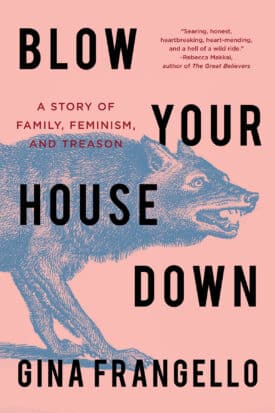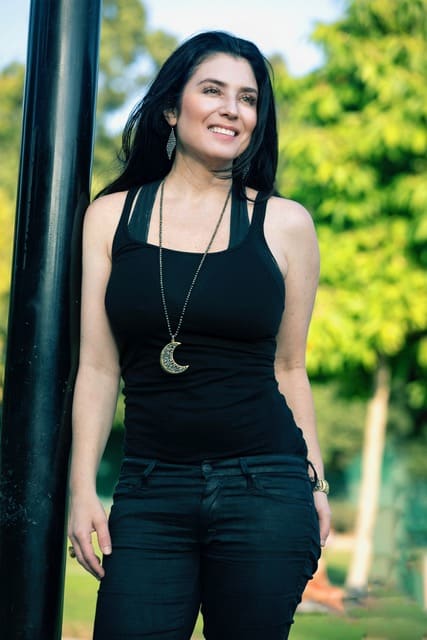by Wendy Dodek
During this pandemic my thoughts turn to Japan, a country where masks are part of daily life. Yet not so many years ago I ignored a mask offered to me. I knew Japanese etiquette yet scoffed at wearing a mask. I then proceeded to infect my Japanese friends, not with a deadly disease but a generic cold.
Perhaps, that is why, early in the pandemic, I took an elegant Japanese handkerchief, and with a few simple folds and two rubber bands made a functional mask as a shield against the coronavirus. My self-made mask has soft green floral patterns, made from a handkerchief I acquired when I lived in Tokyo over 30 years ago. It was part of a gift box I received from a group of nurses.
Every Friday night I’d leave my tiny apartment, walk 15 minutes and board the orange train. After 30 minutes, I transferred to a bus for another 20-minute ride to reach the Kyorin University Hospital where I taught English to 12 young nurses and one older nurse-supervisor. At the end of every session, with a deep bow and two extended arms, supervisor Miss Kikutake would hand me my fee, the yen placed in a small envelope. In addition to the money, this tiny woman with gray speckled hair would raise her arms and hand me a beautifully wrapped gift.
It’s customary for patients, about to be discharged, to give farewell presents to their nurses. I believe most of my presents came from this never-ending supply of gifts. What to do with the surplus of Japanese sweet bean treats, cookies and handkerchiefs? Give them to the English teacher. When I first received handkerchiefs, I was baffled. I never used handkerchiefs in the US. I thought of them as old-fashioned and unsanitary. I’d rather blow my nose in a tissue and then quickly discard it. Yet no Japanese person would leave home without carrying at least one handkerchief. And never would those handkerchiefs be used for nasal secretions. What a horrifying thought to Japanese.
Over time, I learned handkerchief culture and I too, carried them in my purse. I carefully would choose based on the seasons: cherry blossom pinks for spring, crimson maples for fall, purple irises in summer and some forgotten winter pattern. Like everyone else, I would take my handkerchief, dab my forehead during the sweltering Tokyo summers and dry my hands after visiting restrooms that offered no towels.
When I returned to the US in 1988, I brought home about 50 new handkerchiefs of exquisite colors and designs. I offered them up to my American friends although many seemed puzzled by these beautiful cloth squares. I then began to use them to wrap small gifts, instead of traditional wrapping paper. My closet now has just six handkerchiefs left. Just enough to repurpose them when the US medical community reversed course and urged the public to wear masks.
I doubt if any Japanese person would think of my handkerchief creation as a proper mask. The blue surgical variety are a common sight in Japan, long before this virus appeared. Have the sniffles? Wear a mask. Allergy season? Don a mask. Shortly after I moved to Tokyo in 1985, I saw a subway engineer in his prim blue uniform, matching tie and cap, and face draped in a mask. My newsletter home was entitled, “Riding on a Train Driven by a Masked Man.”
I lived for three years in Tokyo with occasional head colds but never considered wearing a mask. It would just get in the way when I needed to sneeze and blow my nose, I reasoned. Wrong attitude. Japanese do not blow their noses in public, instead they sniffle. That snorting sound may be unpleasant to Westerners, especially on crowded rush-hour trains, but preferable to Japanese.
The first time I was given a mask to wear was just eight years ago on a return visit to Japan. Within a few days of my arrival in October 2012 I developed a scratchy throat and tickly nose. Unfortunately, my husband and I had already embarked on a four-day excursion out to the countryside, accompanied by two Japanese friends. Together we stayed in an 18th-century farmhouse and all four of us shared one large guest room, family style. Each person was given futon bedding, which was spread out on the earthy tatami straw mats. Limited heat came from the smoky hearth in the center of the house. By the time we arrived at our next destination, a hot spring town, I could no longer hide my cold. My Japanese friend took me to a drugstore where the pharmacist prepared medicine and tossed two masks into the bag. I was standing by my friend and I imagine she noticed the masks but didn’t say anything. Perhaps, she wanted to see if I would wear one.
I put on a mask just long enough to pose for the camera with sad eyes and slumped body. My expression screamed, poor me, I am sick! But I was just posing. After my husband snapped the photo, I ripped off that mask with no intention of wearing it again. How could I blow my nose, which was running like a faucet, while wearing a mask? And how would I cough wearing a mask? I did not think about how Japanese manage or if my friends would contract my cold.
Over the next few days both of my Japanese friends (and my husband) got sick. I felt like a selfish foreigner, willing to contaminate my friends with my germs. All those years I had prided myself on being a good “gaijin”(foreigner) in Japan. Good foreigners do not lick ice cream while walking down on the street. They did not chew gum in public. They do not speak with a loud voice in the subways. And yet here was proof, I was a self-centered foreigner.
When my friends got sick, I expressed remorse for contaminating them but wondered if I should apologize for not wearing a mask. I had known these women for 25 years yet I didn’t know how to respond. My Japanese friends did not say anything, no overt recriminations. They acted like nothing was wrong. They said their colds were mild. Yet they immediately covered their faces with masks when their symptoms arose. I sensed they were disappointed in me, the person they viewed as better than the stereotyped selfish Americans.
In the US, the public is being urged to wear masks. So why not use my Japanese handkerchiefs? I reached into the back of my closet and examined my unused stock. Not my favorite handkerchiefs, those were all given away. Still, I can be draped in fashionable Japanese cloth and hope for protection – for me and for all those around me. I can picture Ms. Kikutake’s smile as she handed me box after box of treats, some to be consumed quickly and others to last a lifetime.
Wendy Dodek was the Lead Educator at the Museum of Fine Arts, Boston until the pandemic. See also teaches art and history related ESL courses for recent arrivals to the US. Her interests include arts, travel and writing.
~~~~~~~~~~~~~~~~~~~~~~~~~~~
Blow Your House Down is a powerful testimony about the ways our culture seeks to cage women in traditional narratives of self-sacrifice and erasure. Frangello uses her personal story to examine the place of women in contemporary society: the violence they experience, the rage they suppress, the ways their bodies often reveal what they cannot say aloud, and finally, what it means to transgress “being good” in order to reclaim your own life.
Pick up a copy at Bookshop.org or Amazon.
~~~~~~~~~~~~~~~~~~~~~~~~~~~
Anti-racist resources, because silence is not an option
~~~~~~~~~~~~~~~~~~~~~~~~~~~
Click here for all things Jen





